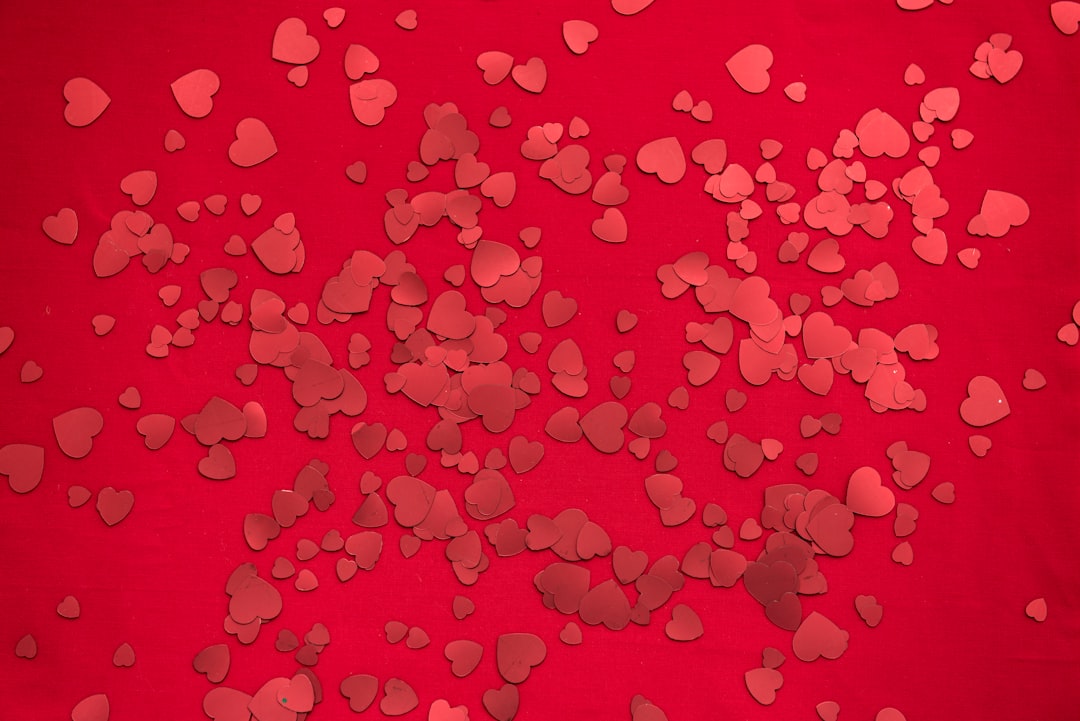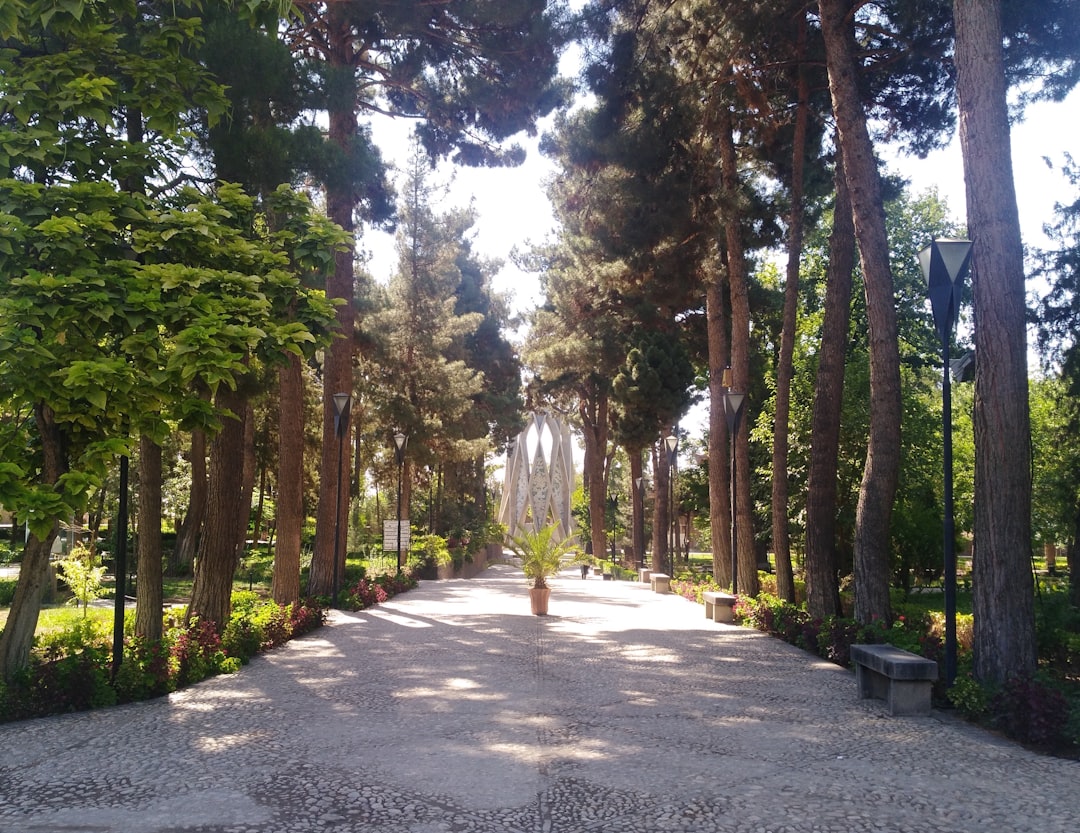The ghazal—an exquisite form of lyric poetry built on couplets, rhyme, and refrain—has journeyed across centuries and cultures, metamorphosing from intimate paeans of earthly love into transcendent odes of mystical union. From its birth in pre-Islamic Arabia to its pinnacle in Persian and later Urdu poetry, the ghazal remains one of the most enduring and adaptable poetic forms in the world.
1. Roots in the Arabian Desert
-
Pre-Islamic Origins
The word ghazal (غزل) originally referred to the act of “talking to women” or “flirtation.” Early Arabic qaṣīdah (ode) poets would open with a few couplets about a forsaken beloved’s campsite, setting a mood of longing before shifting to other themes. -
Structural Foundations
By the 6th–7th centuries CE, the rhyme scheme (ending each couplet on the same rhyme) and refrains began to coalesce. Poets used the two‐line bayt (couplet) as a self-contained unit, giving each couplet a sharp emotional or pictorial focus.
2. Adoption and Renewal in Persian Poetry
-
Early Persian Experimenters
As Persian poets embraced Arabic forms after the Islamic conquest, they found in the ghazal a perfect vessel for both courtly romance and spiritual metaphor. Rudaki (10th c.) and Farrukhī Sīstānī (11th c.) began writing Persian couplets suffused with images of wine, garden, and nightingale. -
The Rise of Courtly Love
Under the Samanids and Ghaznavids, ghazals often celebrated the prized “dark-eyed” beloved, complete with wine metaphors, secret rendezvous, and the pangs of absence. These poems were performed at royal courts and gatherings, blending refined language with passionate intensity.
3. The Sufi Transformation
-
Mystical Reinterpretation
From the 12th century onward, Sufi masters like ʿAṭṭār and Rūmī began to re-read the ghazal’s lexicon—wine became divine love, the tavern the heart’s sanctuary, the cupbearer the Prophet or Divine Guide. Earthly passion provided a metaphorical scaffolding for yearning after God. -
Hāfeẓ: The Quintessence of Divine Ghazal
In 14th-century Shiraz, Hāfeẓ perfected the double-edged ghazal: accessible as both a song of human love and a roadmap of mystical union. His poems remain marvels of ambiguity—each couplet a gem that glitters in multiple lights.
“I find no moment’s ease in this world,
Since none can match the share of your regard.”
—Hāfeẓ (transl.)
4. The Indo-Persian and Urdu Flourish
-
Amīr Khusrau and the Delhi School
In the Indian subcontinent, the 13th-century polymath Amīr Khusrau blended Persian ghazal traditions with local dialects. His verses introduced new musical settings (qawwali) and set the stage for later Urdu poets. -
The Golden Age of Urdu Ghazal
By the 18th and 19th centuries, poets like Ghalib, Mir Taqi Mir, and Zauq made the ghazal the soul of Urdu literature. Urdu couplets navigated love’s subtleties with unmatched delicacy—and continued the Sufi legacy of veiled devotion.
5. Modern Resonances
-
20th-Century Innovators
Poets such as Faiz Ahmad Faiz and Ahmad Faraz infused the ghazal with political passion and social critique, expanding its thematic range beyond love and mysticism. -
Global Reach
Translations and adaptations—from Goethe’s admiration for Hāfeẓ to contemporary English-language ghazal anthologies—have introduced the form to new audiences. Today’s poets experiment freely, maintaining the ghazal’s couplet structure while playing with rhyme, refrain, and subject matter.
6. Why the Ghazal Endures
-
Couplet Autonomy: Each bayt stands alone yet resonates within the whole, allowing readers to dip in at any point.
-
Emotional Intensity: The concentrated couplet form channels longing—whether human or divine—into unforgettable moments.
-
Metaphorical Richness: Wine, roses, nightingales, and the beloved’s beauty serve as versatile symbols across contexts.
-
Dual Meanings: The ghazal’s famed ambiguity invites multiple readings—erotic, spiritual, political—ensuring its relevance to each new age.
Conclusion
From desert courts to Sufi lodges, from Persian gardens to Urdu mehfils, the ghazal has continuously reinvented itself—shaping and shaped by the cultures it passed through. Its journey from courtly love to divine longing mirrors the human heart’s own quest: for connection, for beauty, and, ultimately, for union with the Beloved beyond all separation. Whether you seek the ecstasies of passion or the depths of spiritual surrender, the ghazal’s timeless couplets await—with each bayt a doorway into love’s infinite landscape.





